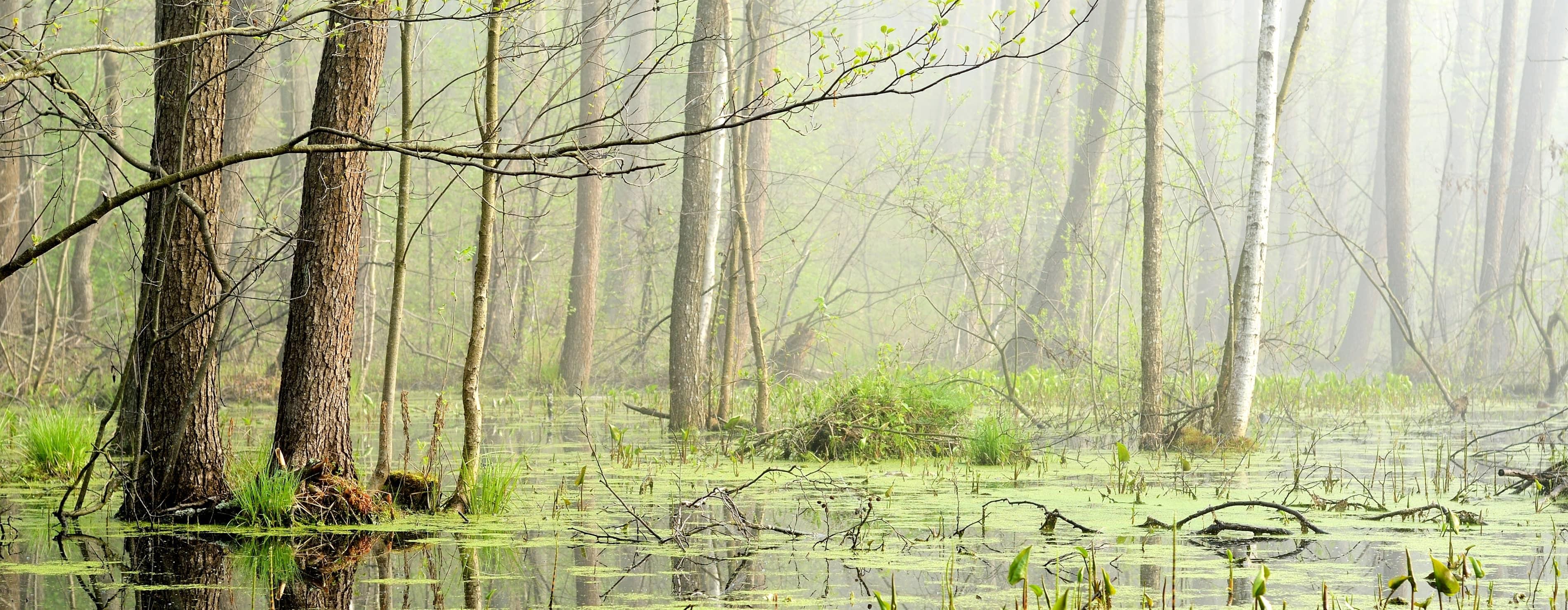Duke and NCSU Researchers Find a Tipping Point for Salt Along the Coast


The Albemarle-Pamlico Peninsula covers more than 2,000 square miles along the North Carolina coastal plain. It’s beautiful, but it’s also not a very welcoming place. Marshy soil, dense brush, ticks, mosquitos. You get the idea.
“Doing the surveys is hard fieldwork,” says Duke University researcher Steve Anderson.“It gets really dense and scratchy plus there’s the smell of sulfur and the poison ivy. It just kind of adds up.”
But to Anderson and colleagues from Duke and North Carolina State University, these bottomlands are more than impenetrable marsh and muck and mosquitoes. They’re also a barometer of change.
Most of the peninsula they’re trudged through on plant surveys lies only two to three feet above sea level. That means it’s constantly exposed to surges of sea water driven by storms and sea level rise.
That sea water is 400 times saltier than fresh water and every time the ocean water surges in more salt is left behind. Those salt deposits build up, until they eventually become too much for some plants to cope with.
In a recent study in the publication Plant Ecology, researchers from Duke and North Carolina State University surveyed 112 understory plants on the peninsula. They catalogued where the plants were found, how abundant they were in the area, and the salt level found in the soil.
The extensive survey revealed a “tipping point” at which the salt level changed the makeup of the understory plants.
Across the region, at around 265 parts per million sodium, even tiny changes in salinity set off disproportionately large changes in the plants that live there.
Once salinity levels rose above the critical threshold, the makeup of the marsh floor suddenly shifted. The area didn’t become a dead zone, as happens to farmland after saltwater intrusion.
Researchers found plants such as wax myrtle, swamp bay and pennywort were taken over by rushes, reeds and other plants that can better tolerate salty soils.
“We’re hoping that by monitoring these indicator species we can spot the early warning signs of salt stress,” adds Anderson.
